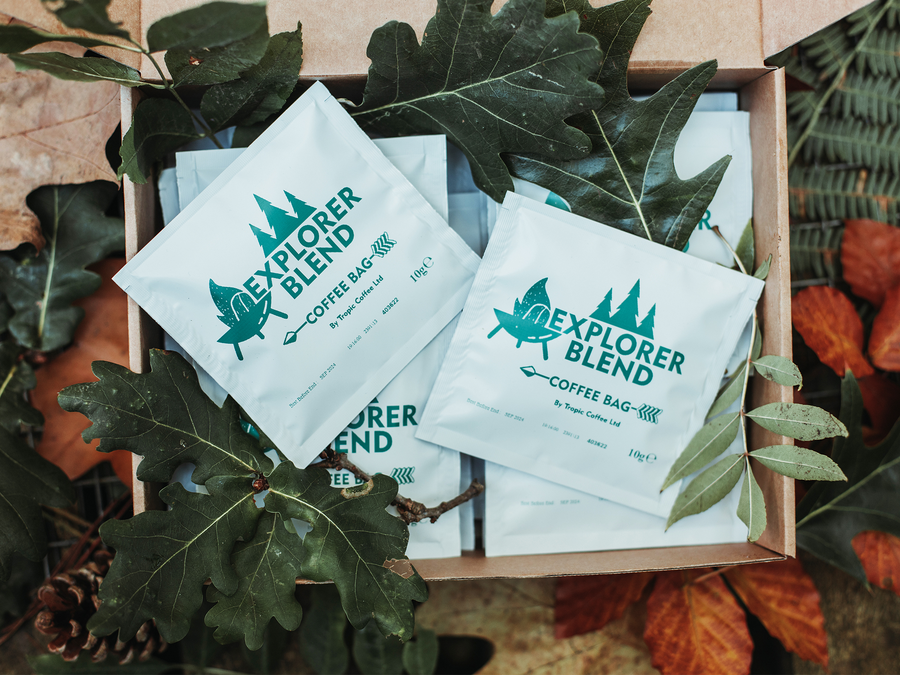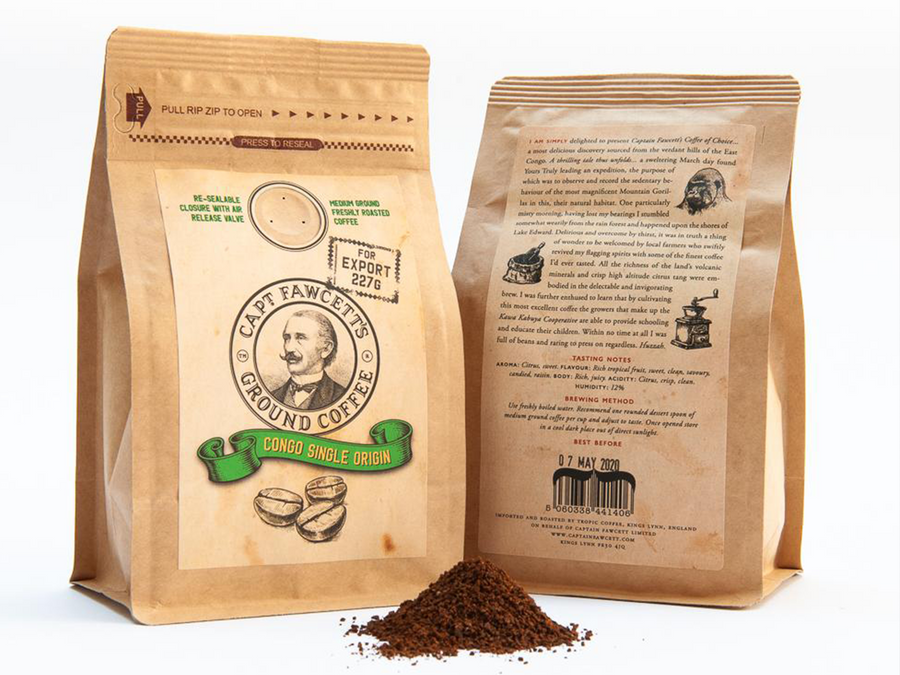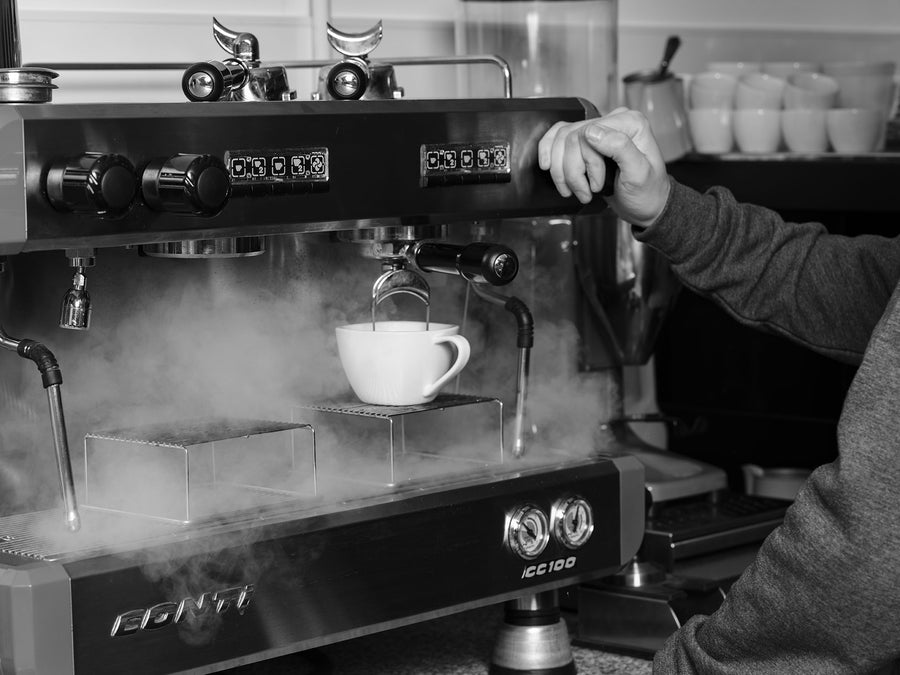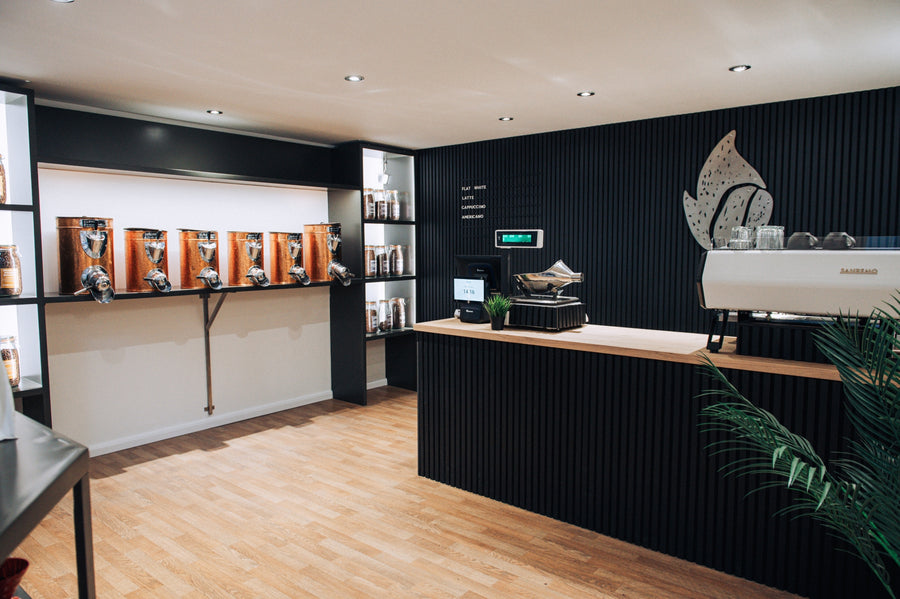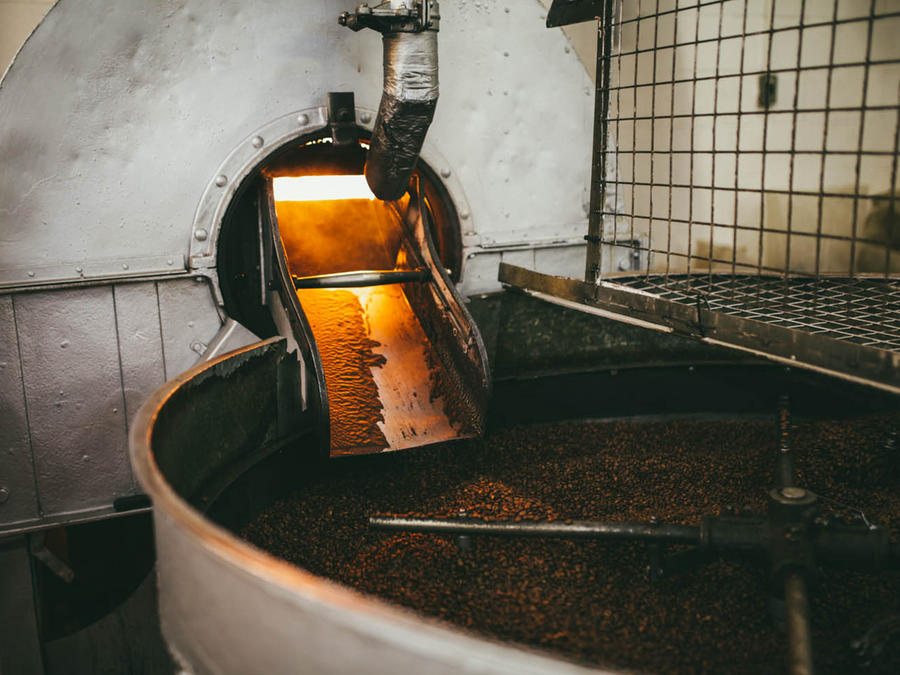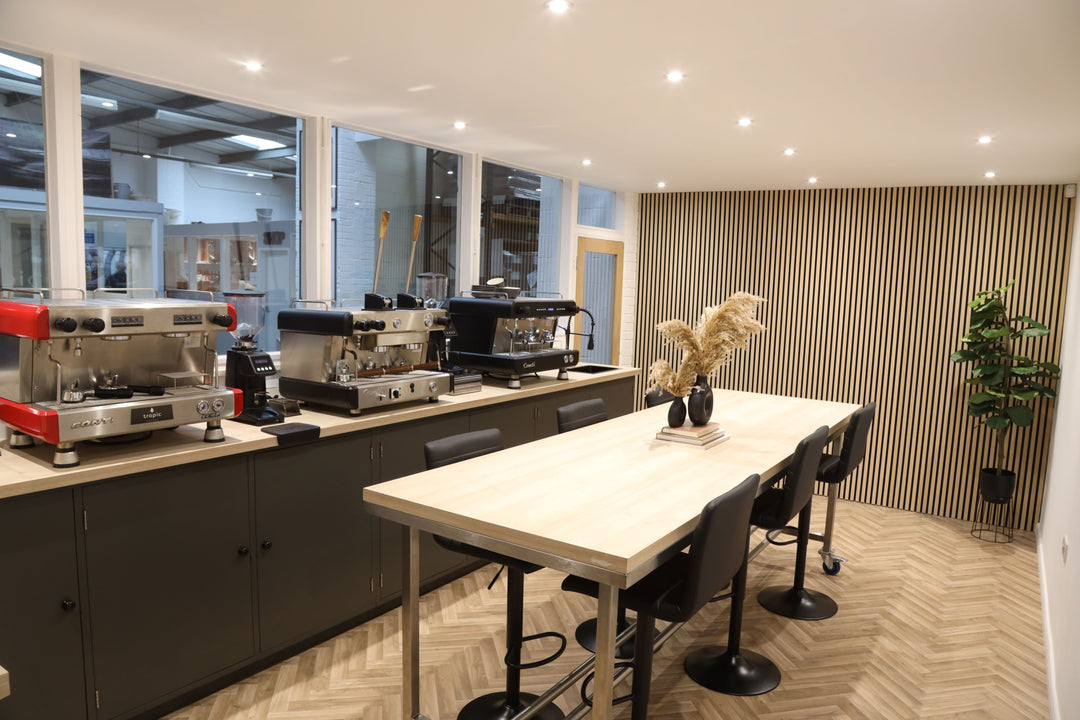The Tropic Guide to Home Roasted Coffee
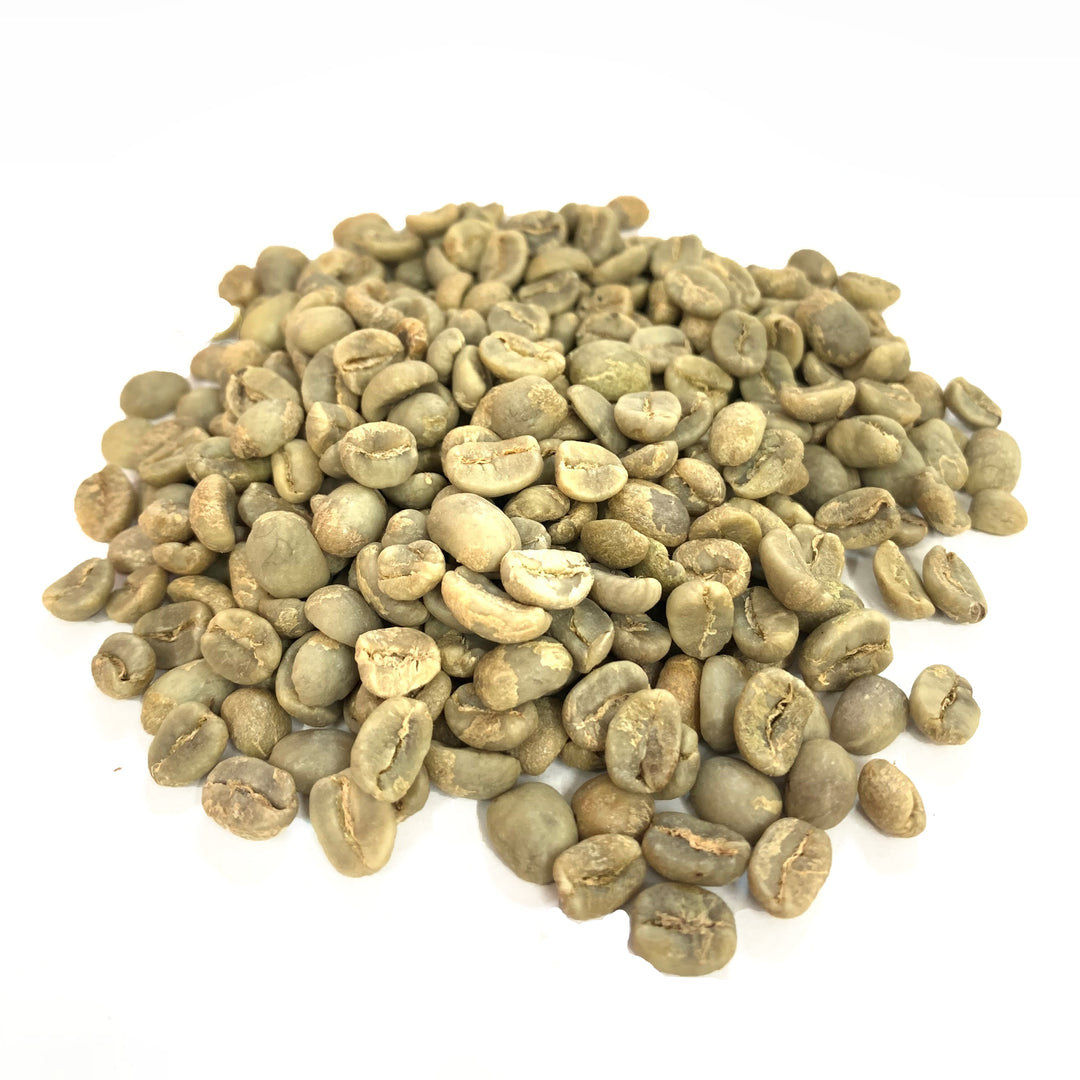
Welcome to Tropic Coffee's ultimate guide to roasting raw coffee beans at home! Roasting your own coffee beans allows you to explore the world of specialty coffee and create a personalised flavour profile that suits your taste preferences. Join us as we delve into the art of home coffee roasting, step by step.
Equipment Required:
Before we begin, gather the following equipment for your home coffee roasting adventure:
- Raw Coffee Beans: Source high-quality green coffee beans from reputable suppliers like Tropic Coffee. Choose beans from different regions to experience a variety of flavors.
- Coffee Roaster: Invest in a coffee roaster suitable for home use. Options include air roasters, drum roasters, or stovetop popcorn poppers (with modifications).
- Ventilation: Ensure good ventilation in your roasting area. Roasting coffee produces smoke and chaff, so a well-ventilated space or an outdoor area is recommended.
- Cooling Tray: Have a cooling tray or a baking sheet ready to cool the roasted coffee quickly after the roasting process.
- Storage Containers: Prepare airtight containers or resealable bags for storing your freshly roasted coffee beans.
Step-by-Step Guide:
- Preheat the roaster: If using an electric roaster, preheat it according to the manufacturer's instructions. Preheating helps ensure even roasting.
- Measure the raw beans: Measure the desired amount of raw green coffee beans. Start with smaller batches to experiment with different roast levels and flavours.
- Load the beans: Carefully pour the raw coffee beans into the preheated roaster. Make sure the beans are spread evenly for consistent roasting.
- Monitor the roast: Observe the beans closely as they roast. Note the changes in colour, texture, and aroma. Use your senses to determine the desired roast level.
- First crack: During the roasting process, you'll hear a cracking sound, known as the "first crack." This indicates that the beans are reaching a light to medium roast level. Adjust the roasting time based on your desired roast profile.
- Adjusting roast levels: If you prefer a light roast, remove the beans from the heat shortly after the first crack. For a medium roast, extend the roasting time slightly. Experiment with different roast levels to find your ideal taste.
- Cool the beans: After achieving the desired roast level, transfer the roasted beans to a cooling tray or a baking sheet. Shake or stir them to speed up the cooling process and stop further roasting.
- Rest and degas: Allow the roasted beans to rest and degas for at least 24 to 48 hours. This resting period allows the flavors to develop fully before brewing.
- Store and enjoy: Once the roasted beans have degassed, transfer them to airtight containers or resealable bags. Store them in a cool, dark place away from light, moisture, and strong odors. Enjoy the freshly roasted coffee within a few weeks for the best flavour.
Congratulations - you're a home coffee roaster! We're proud to offer high-quality raw coffee beans here at Tropic Coffee, and when paired with the right equipment, you can unlock a world of new flavours. Explore our unroasted coffee selection and start your home roasting adventure today. Happy roasting!
